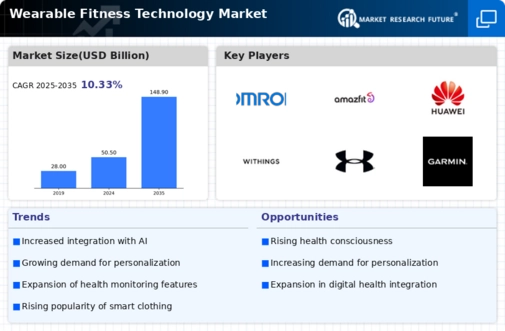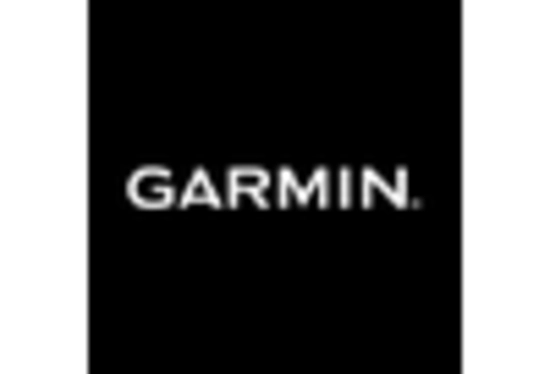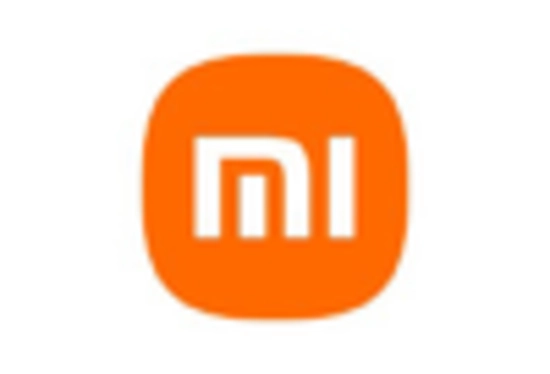Technological Advancements
Technological innovations play a crucial role in shaping the Wearable Fitness Technology Market. The advent of sophisticated sensors, improved battery life, and enhanced connectivity options has led to the development of more efficient and user-friendly devices. For instance, the incorporation of artificial intelligence and machine learning algorithms into fitness wearables allows for personalized fitness recommendations and real-time feedback. This evolution in technology not only attracts tech-savvy consumers but also encourages traditional fitness enthusiasts to adopt wearable devices. As a result, the market is expected to witness a compound annual growth rate of around 23% over the next few years, indicating a robust growth trajectory driven by continuous technological enhancements.
Corporate Wellness Programs
The implementation of corporate wellness programs is emerging as a key driver for the Wearable Fitness Technology Market. Many organizations are recognizing the value of promoting employee health and well-being, leading to increased investments in wearable fitness devices as part of their wellness initiatives. These programs often incentivize employees to engage in physical activities, thereby fostering a culture of health within the workplace. Recent statistics indicate that companies that invest in employee wellness programs experience a reduction in healthcare costs and an increase in productivity. Consequently, the demand for wearable fitness technology is likely to rise as more businesses adopt these programs, further propelling the market forward.
Rising Health Consciousness
The increasing awareness of health and fitness among individuals appears to be a primary driver for the Wearable Fitness Technology Market. As more people prioritize their well-being, the demand for devices that monitor physical activity, heart rate, and sleep patterns has surged. Recent data indicates that the market for wearable fitness devices is projected to reach approximately 62 billion dollars by 2025. This trend suggests that consumers are actively seeking tools that can assist them in achieving their fitness goals, thereby propelling the growth of the industry. Furthermore, the integration of advanced health metrics into these devices enhances their appeal, as users are more inclined to invest in technology that provides comprehensive insights into their health.
Growing Popularity of Fitness Tracking
The rising trend of fitness tracking is a significant driver for the Wearable Fitness Technology Market. As individuals increasingly seek to monitor their physical activities, the demand for devices that provide accurate tracking of steps, calories burned, and exercise routines has escalated. This trend is particularly evident among younger demographics, who are more inclined to adopt technology that supports their fitness journeys. Market analysis indicates that fitness trackers account for a substantial portion of wearable device sales, with estimates suggesting that they represent nearly 50% of the total market share. This growing popularity underscores the importance of fitness tracking features in wearables, as consumers prioritize devices that offer reliable and actionable data.
Increased Adoption of Mobile Health Applications
The proliferation of mobile health applications is significantly influencing the Wearable Fitness Technology Market. These applications often complement wearable devices, providing users with a comprehensive platform to track their fitness progress, set goals, and receive personalized coaching. The synergy between wearables and mobile apps enhances user engagement, leading to higher adoption rates. Data suggests that the number of health and fitness app downloads has reached over 1 billion, reflecting a growing trend among consumers to utilize technology for health management. This integration not only boosts the functionality of wearable devices but also fosters a community of users who share their experiences and motivate one another, further driving market growth.

















Leave a Comment